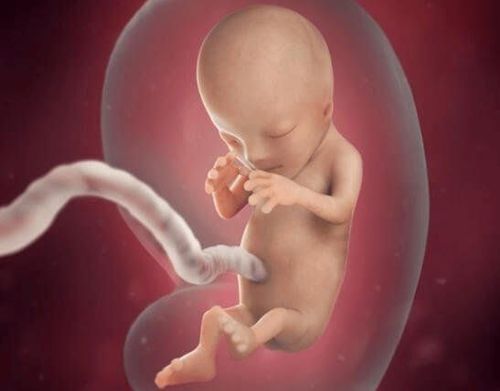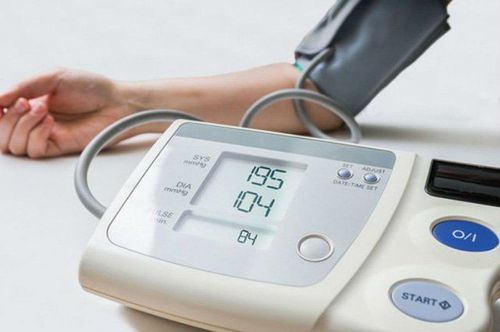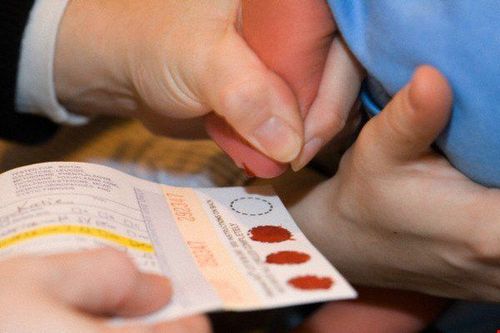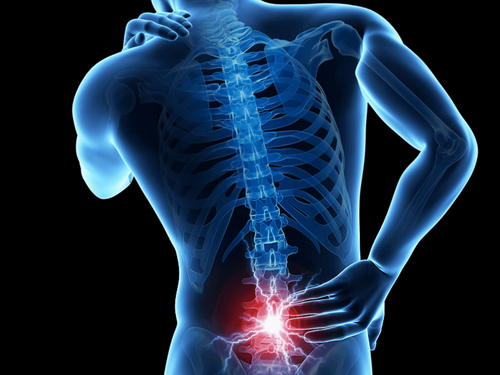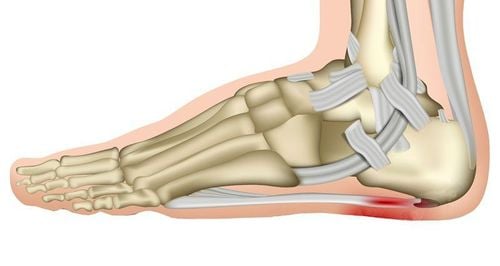Nội dung bạn đang tìm kiếm không có phiên bản tiếng Việt.
Vui lòng chọn tiếp tục để xem nội dung tiếng Anh hoặc đi đến trang chủ Tiếng Việt.
Rất xin lỗi về sự bất tiện này.

Home
Tag Anesthesia of the sacral cavity
Articles in Anesthesia of the sacral cavity

Risk of infertility in adults with undescended testicles
Undescended testicles are the most common developmental defect in males. The incidence of undescended testicles in boys is about 3 - 4% at birth, often occurring in low birth weight, premature birth, and twins. However, undescended testicles still pose many potential risks in adults if not treated early.
Xem thêm

Fertility after undescended testicle surgery
Undescended testicles can be treated with hormone therapy or surgery to bring the testicles down into the scrotum. The fertility of patients with undescended testicles depends on the time of treatment. The later the diagnosis and treatment, the lower the chance of having children.
Xem thêm

Undescended testicles in children: Early surgery should be done before 1-2 years of age
Undescended testicles can occur in 3% to 4% of children at birth. Many families find that their children have undescended testicles but wait until they are adults to examine and perform surgery. This is completely wrong because leaving the testicles in the abdomen for a long time is not good. So when should surgery be performed on children with undescended testicles?
Xem thêm

Methods of treatment of hydrocele
Hydrocele is not a rare male disease, this disease can lead to infertility in men. Early detection and choosing the right treatment method is extremely necessary.
Xem thêm
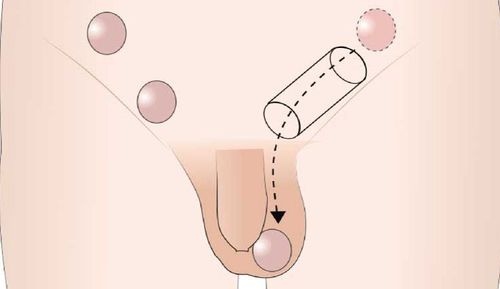
Laparoscopic surgery to lower the undescended testicle
Undescended testicles are a common congenital abnormality of the reproductive system in boys. If the disease is not detected and treated early, it can cause loss of testicular function and even cause testicular cancer later on.
Xem thêm

Cavity Anesthesia: What you need to know
Sacral block is a regional anesthetic technique in which the anesthetic is administered into the epidural space through the sacral notch and sacral canal. For this reason, sacral block is also known as transsacral epidural block.
Xem thêm




